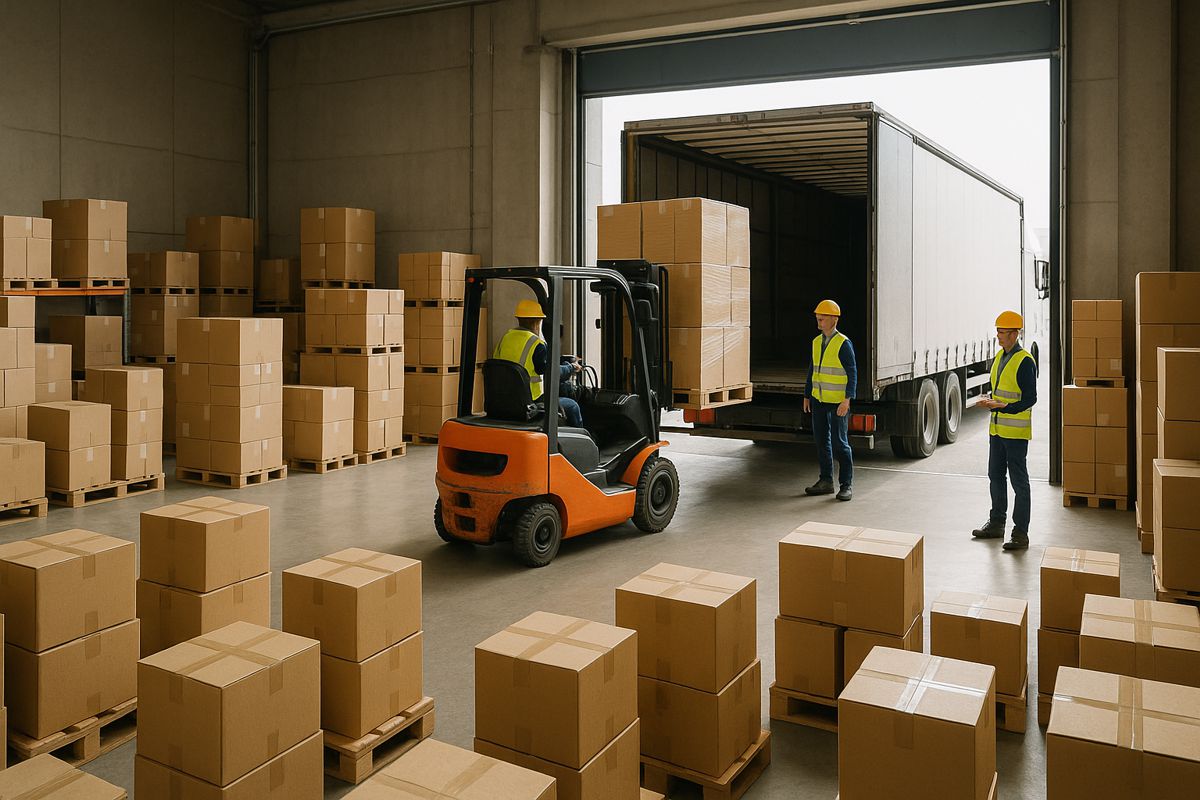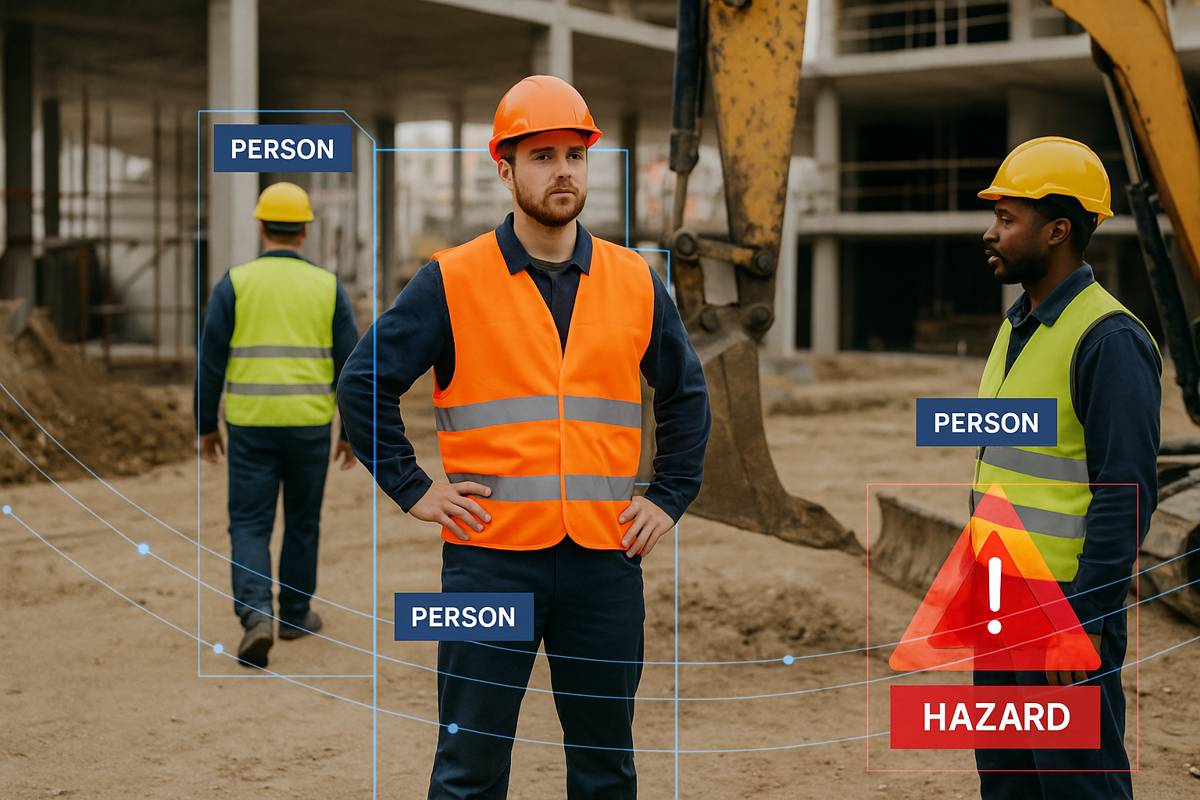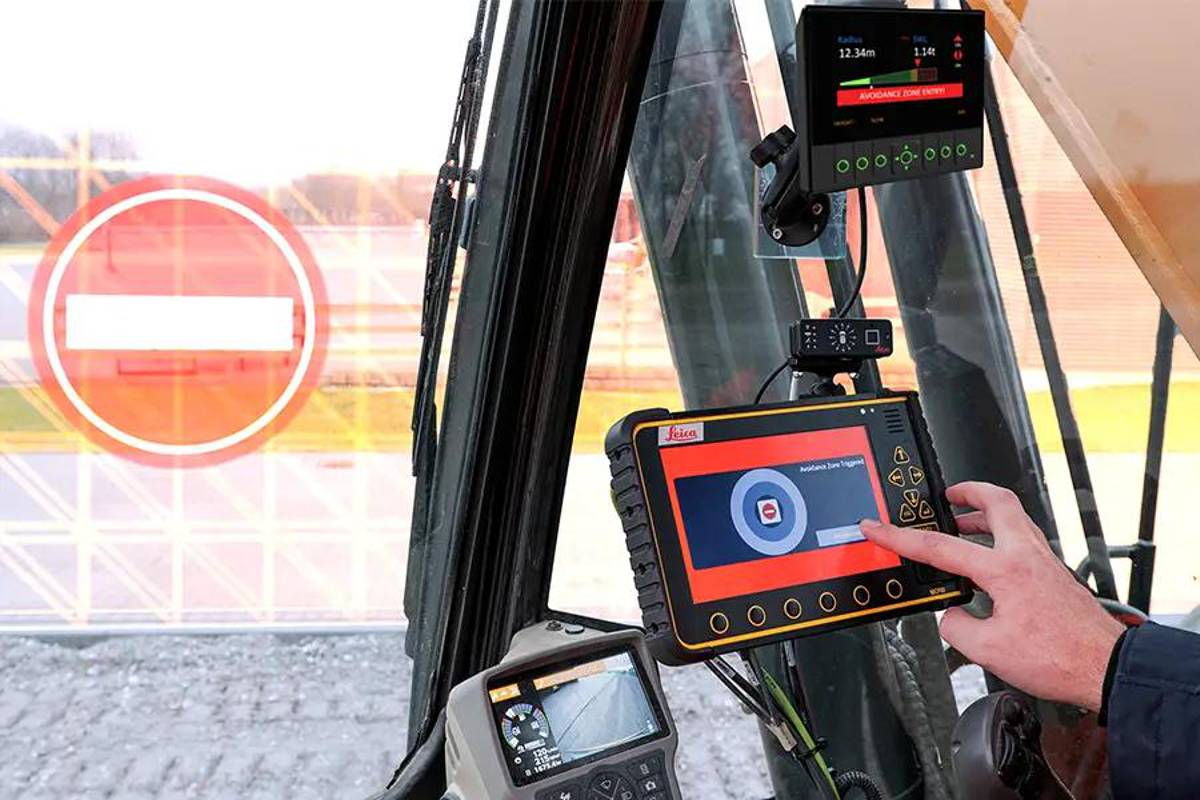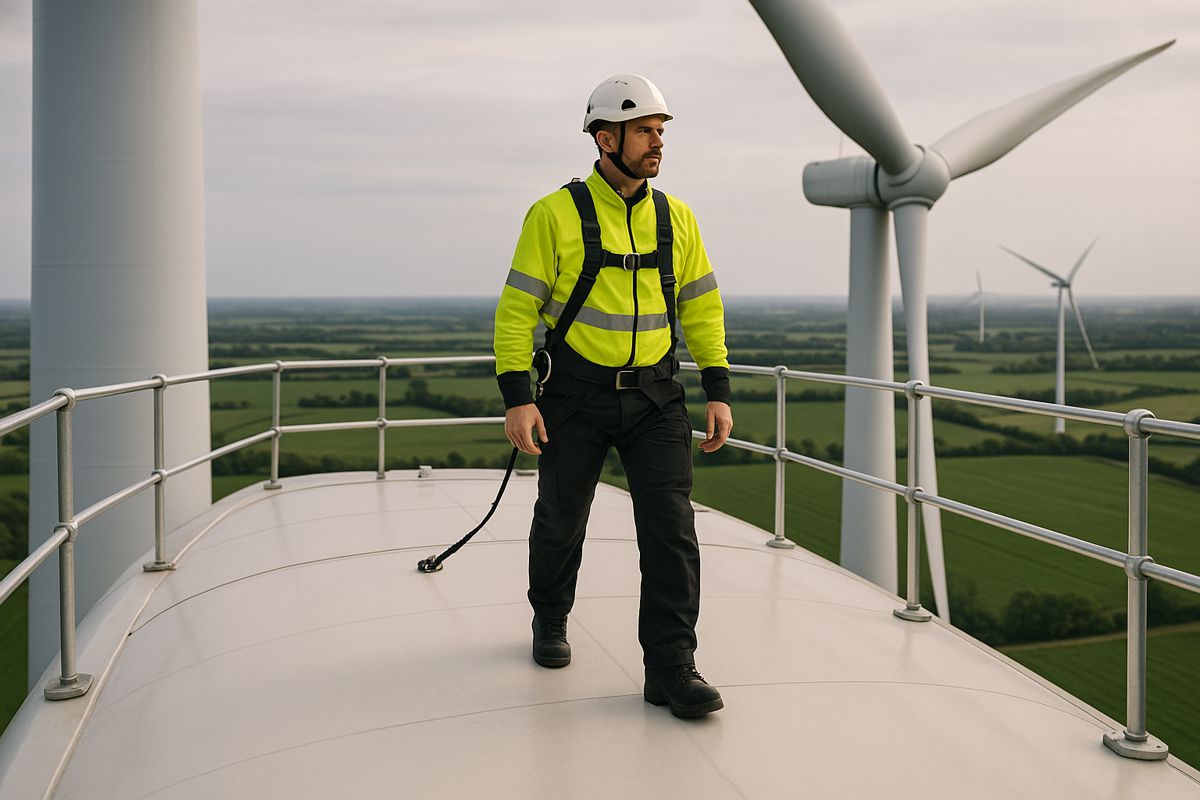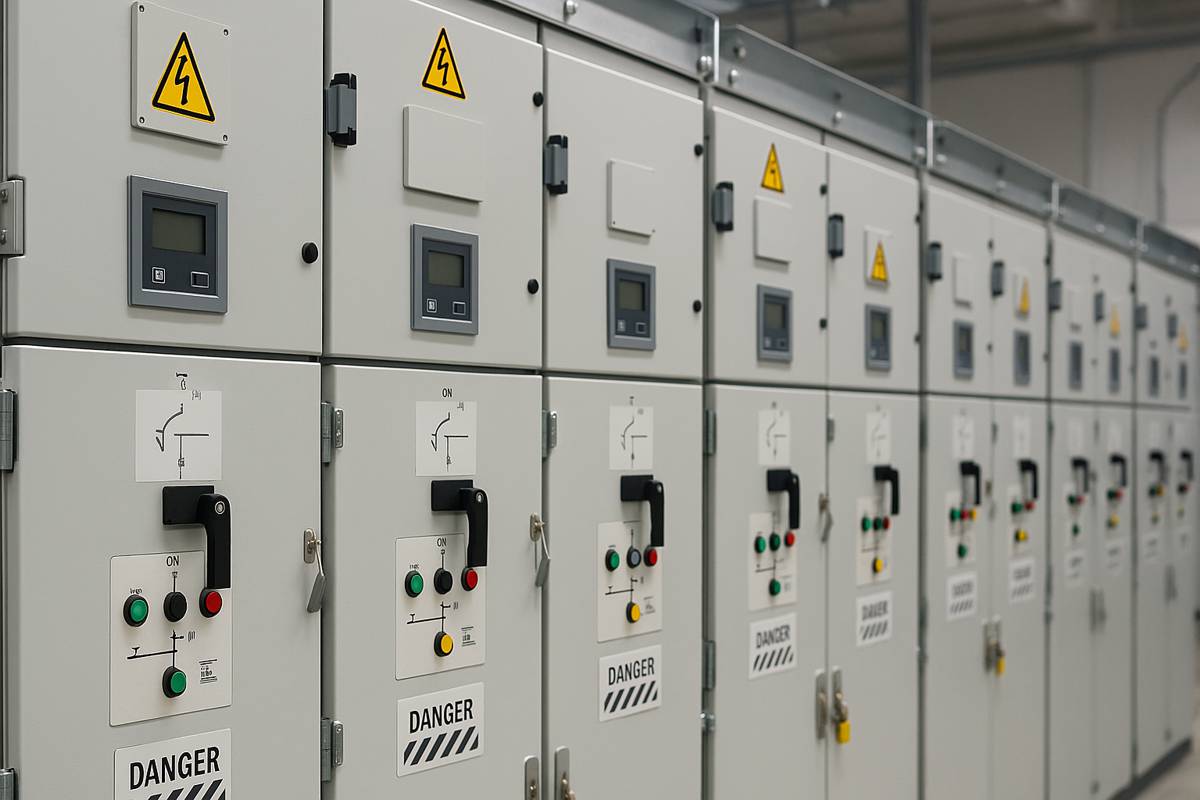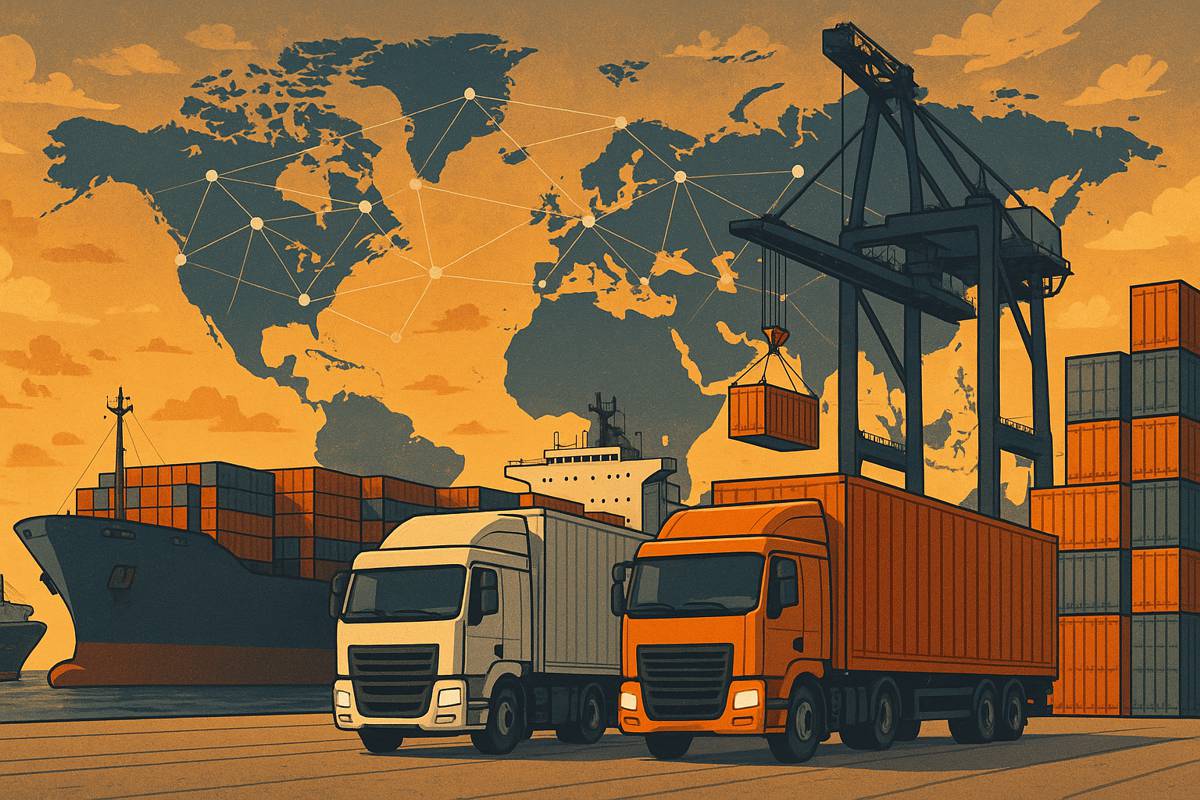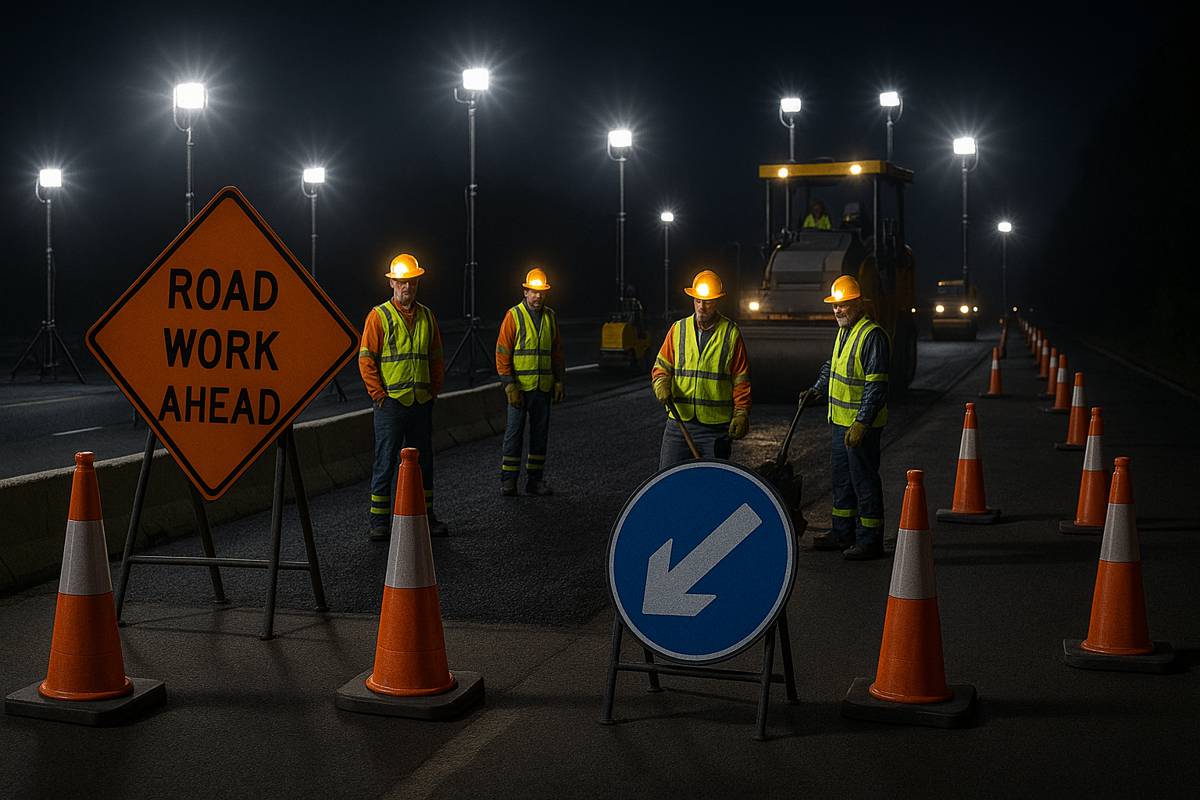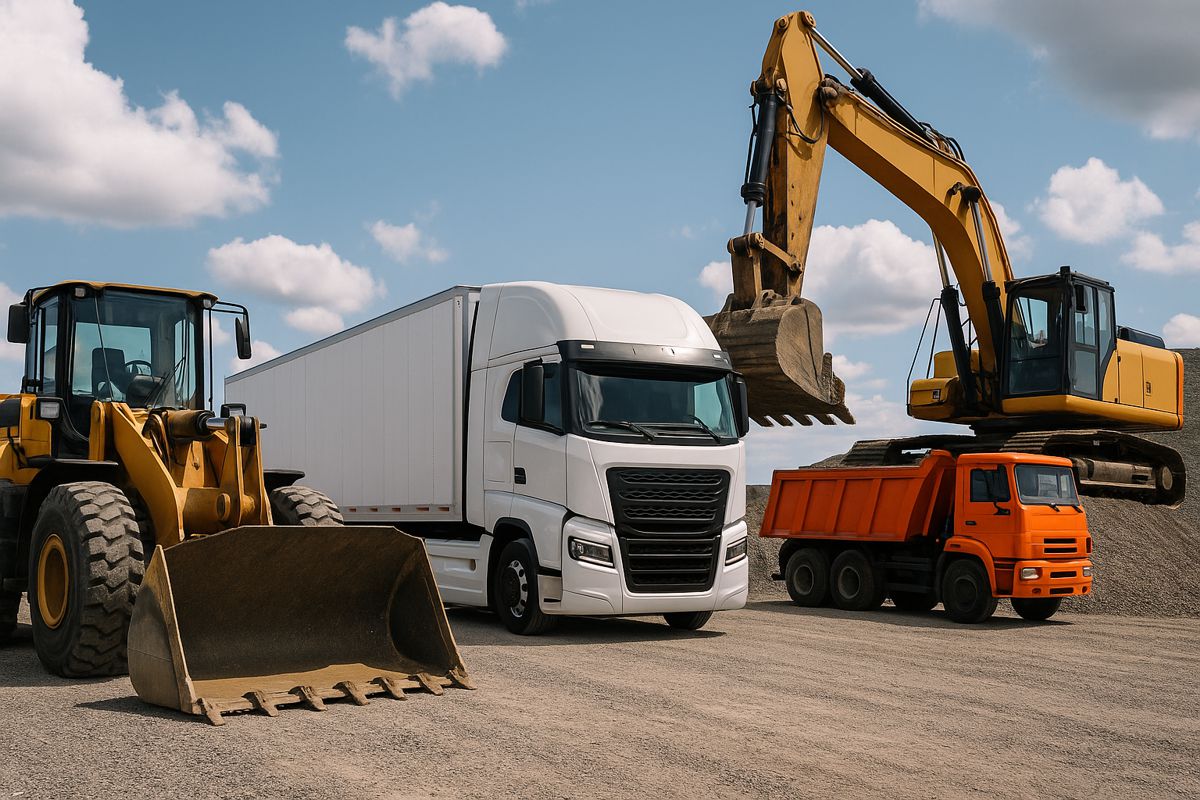Safe Highways Start at the Loading Dock
The trucking industry is responsible for moving roughly 72 percent of all freight in the United States, which means the majority of consumer goods, food, construction materials, and retail products reach the public via a tractor-trailer traveling on highways.
A large majority of those trailers begin their journey at a warehouse, making the loading dock the last point of contact before highway travel.
Yet surprisingly few road-safety conversations acknowledge that many incidents on the road originate before a truck even leaves the parking lot. Shifting cargo, improper axle loading, and overlooked trailer damage can result in major highway crashes dozens, or even hundreds, of miles after the root cause occurred.
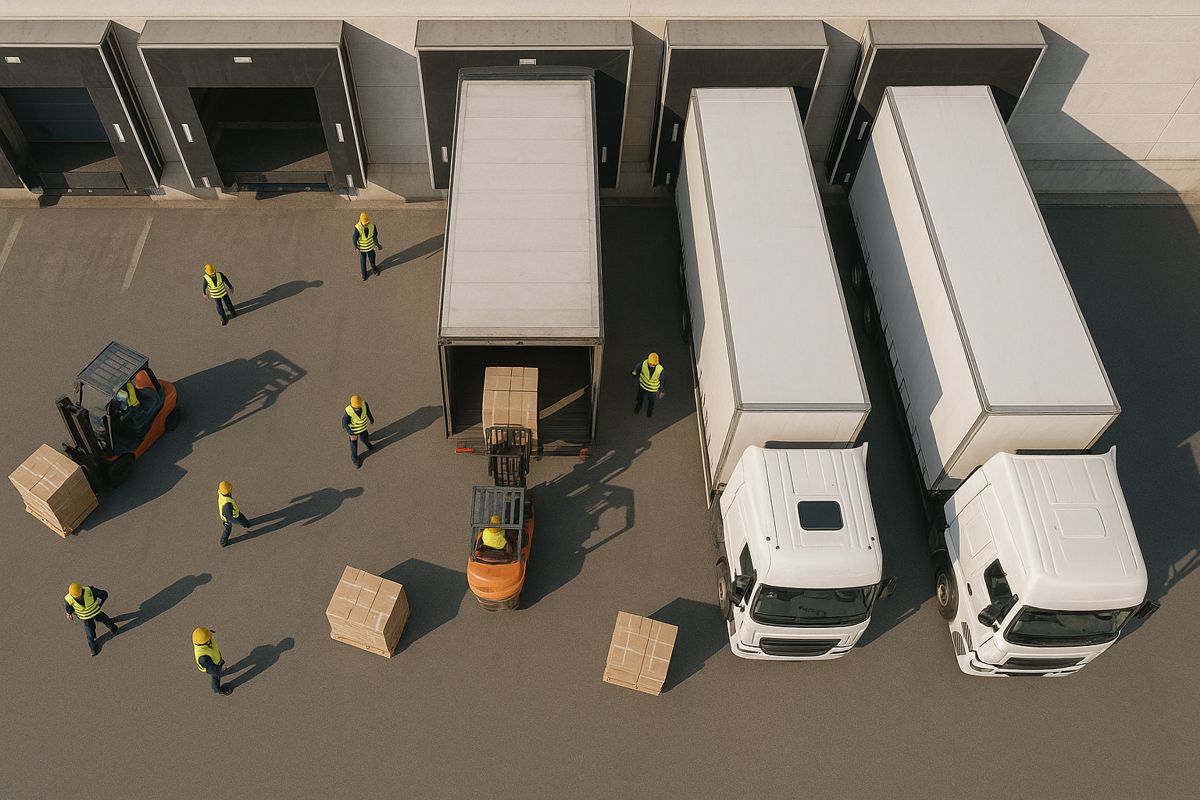
How Loading Dock Overlooks Cause Road Safety Issues
At their core, loading docks are mostly designed for speed, efficiency, and throughput.
An efficient supply chain requires that trucks be unloaded and reloaded quickly to keep freight on schedule for both the drivers and the warehouse. That pressure can lead to corner-cutting, rushed checks, or maintenance that simply gets postponed “just a little longer.”
The downstream effect is that dangerous mistakes stay hidden until it is too late and the situation becomes much harder to control, typically at highway speeds.
Improper Weight Distribution Leads to Rollovers
The most technically loaded portion of a truck is not the cab, but rather the trailer. Pallet placement plays a major role in determining the centre of gravity, which directly influences rollover resistance.
A trailer that is top-heavy or weighted too far to one side may appear fine while parked, but the imbalance becomes critical when the trailer enters a banked exit ramp at 50 miles per hour.
According to the Federal Motor Carrier Safety Administration (FMCSA), “overturn” is the first harmful event in 4 percent of all fatal large-truck crashes in the United States.
Small misplacements at a loading dock translate into big stability compromises on the road. Every single inch off centre matters, especially for taller loads such as stacked pallets or high-profile freight.
When loading docks do not enforce distribution standards, the highway becomes the test environment, with all drivers nearby sharing the risk.
Incorrect Axle Loading Impairs Braking and Steering Control
Axle weight distribution affects three safety-critical performance factors:
- Braking distance
- Lane tracking
- Tire stress.
Trailers loaded too heavily in the rear can amplify the push-forward effect under brake pressure, increasing stopping distance and elevating trailer swing potential.
Front-heavy loading also disrupts steering traction, as it reduces weight on steering axles, making the truck harder to control during evasive manoeuvres.
Tire blowouts also tend to spike when single axles are overloaded. A blowout at 65 mph may force the driver into adjacent lanes with little warning. What looked like a simple loading error at the dock becomes a multi-lane hazard when the truck is moving at full speed.
Incomplete or Inaccurate Cargo Securement Causes Internal Collapse
Contrary to popular belief, proper load securement is not just about preventing freight from falling over inside the trailer.
It is about ensuring cargo remains exactly where physics demands it to stay: locked to the floor and unable to shift in any direction.
When:
- Straps are loose
- Load bars are not properly placed
- Dunnage is missing
Freight can surge forward during sudden braking. The resulting momentum can damage trailer doors from the inside, threaten the structural envelope of the truck, and destabilize vehicle dynamics.
When failures of this type occur on the road, they often manifest as jack-knife events, lane-obstructing spills, and emergency closures. Yet the mistake was born in the warehouse.
Damaged or Uninspected Trailer Structures Fail in Transit
Most trailers experience heavy wear over time:
- Weather damage
- Forklift impacts
- Corrosion
- Age-related fatigue.
The loading dock is the only point where trailer floors, walls, bulkheads, hinges, and seals can be fully inspected while static and exposed.
If those checks are rushed or skipped:
- A weakened component may hold up at zero mph, but crack or fail when forces increase at driving speed.
- A bowed wall may signal that the interior load cannot be trusted.
- A damaged floor beam could collapse under braking stress.
- Doors with loose locking mechanisms can open unexpectedly due to internal load shift.
Roadside incidents involving structural failure almost always trace back to a missed dock-phase opportunity.
Safety Systems Bypassed Due to Broken Loading Dock Equipment
Dock levellers, vehicle restraints, seals, and bumpers are all designed to make sure that trailers align properly for safe and consistent loading.
If this equipment is out of service, broken, or not maintained, freight handlers begin improvising solutions, a red flag for future safety.
For example:
- No restraint: The Truck could creep during loading, leaving freight partially unsecured
- Broken leveller: Angled loading increases placement and securement errors, as well as potential damage to the trailer.
- Damaged bumpers: Impact forces translate into trailer wall damage
Workarounds may meet short-term deadlines, but they silently introduce risk into every mile ahead.
Real-World Consequences for Road Networks
Once a poorly loaded trailer causes an accident, everyone else on the highway pays the price. Even when injuries are avoided, the impact includes traffic blockages, response team deployments, and costly disruptions to commerce.
The U.S. experienced 5,837 trucks involved in fatal crashes in 2022, a 49 percent increase over a decade.
Every crash avoided through improved loading-dock discipline directly translates into safer roads and fewer nationwide logistics delays.
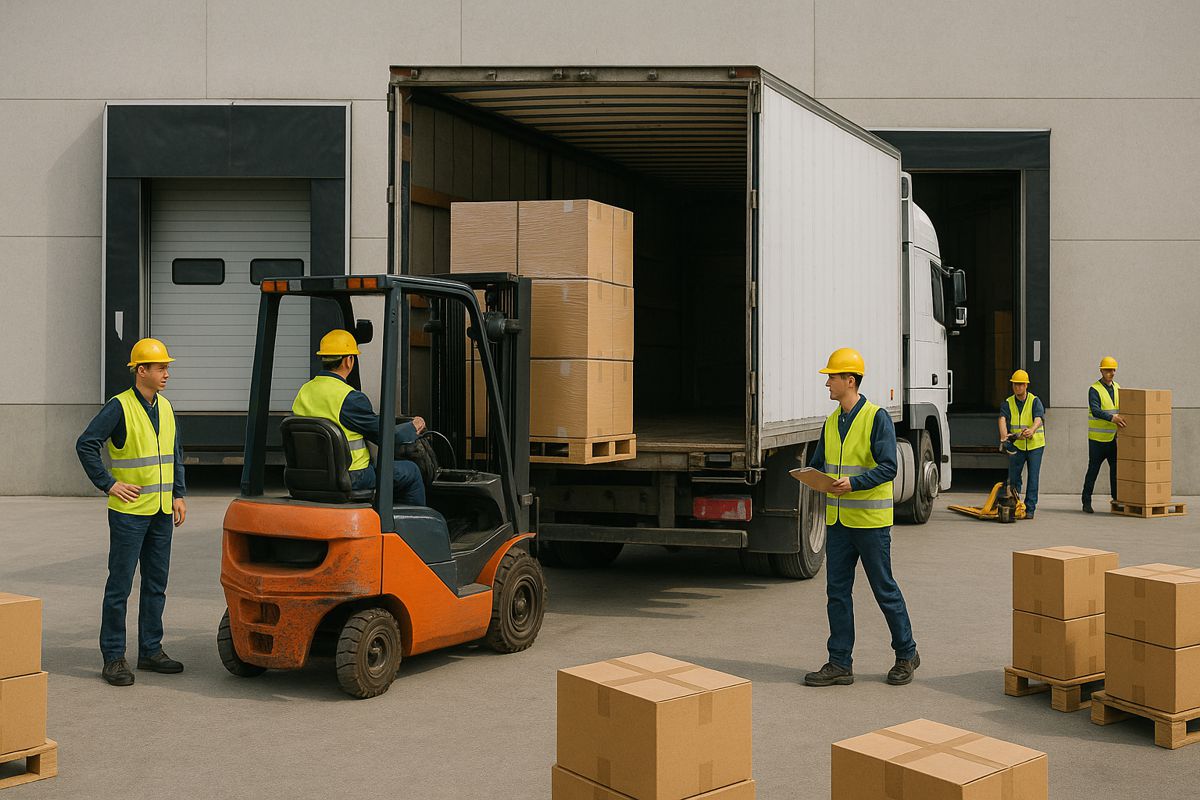
How to Prevent and Fix These Issues Before Trucks Hit the Road
Viewing the loading dock as a road-safety gateway, not just a logistics station, is the first step in creating a smarter safety ecosystem. Improvements in training, equipment, and process add to both operational throughput and public safety.
Standardized Weight Distribution and Securement Practices
Developing consistent rules for how freight is placed and secured is the most straightforward way to reduce preventable road risks.
- Lower and heavier cargo should always form a stability base.
- High-profile weight should be limited and centred.
- Axle loading should be measured and confirmed instead of estimated.
FMCSA’s securement regulations provide a baseline standard that can be exceeded for best practice. When these checks are treated as non-negotiable, the result is cargo that behaves predictably in motion.
Trailer Condition Checks Integrated into Loading Workflow
Every trailer entering a dock should undergo “arrival condition confirmation”, including:
- Door integrity
- Wall straightness and absence of bulges
- Floorboard strength and surface visibility
- Hinges and locking hardware alignment
A two-minute inspection here can prevent a two-hour highway shutdown later. Warehouses should treat compromise indicators as automatic stop signs, not something to “deal with later.”
Using Dock Restraints and Communication Systems the Right Way
Safety sequencing is as important as load positioning in the grand scheme of things. Vehicle restraint systems are necessary to keep the trailer fixed until all securement checks are complete. Light communication systems clearly signal each party for departure approval, which needs to be monitored.
These controls protect not just forklift drivers at the loading dock, but every motorist who shares a highway with that load.
Maintain and Repair Dock Equipment Promptly
Broken or aging dock equipment, unfortunately, often leads to rushed or unsafe practices when loading trucks at the dock. Workarounds are the number one way safety leaves the building and becomes a highway issue.
It is essential for facilities to properly maintain:
- Levellers
- Restraints
- Door hardware
- Approach plates
- Dock seals
- Edge guards
This is where maintaining a supply of replacement parts on hand at the warehouse becomes a genuine safety mechanism and must-have. Everything that is as large as the loading dock bumpers to as small as the loading dock springs needs to be maintained to the same level of safety.
That is why keeping these loading dock parts available at a moment’s notice is so important, because even if you keep up with replacing parts as needed, sometimes parts just fail. Being able to replace those failed components on the fly is a massive cheat code when it comes to keeping warehouse operations flowing.
Technology Adoption for Accountability
As with every other industry, tech advancements have already made a huge impact over the last few years.
Smart monitoring systems can detect uneven loading before it becomes an invisible threat. Weight-sensing plates, load distribution displays, and digital checklists all provide measurable standards and data that can transfer directly to fleet systems for documented responsibility.
A warehouse that can prove compliance protects the driver, the carrier, and the public.
Training and Safety Culture Focused on Road Impact
Loading teams must understand that the cost of a mistake is not measured in damaged freight, but rather it is measured in emergency responses and public safety risk.
Programs that reward accuracy, not speed alone, ensure responsible priorities.
The Cost of Failure – Safety Pays for Itself
Preventive dock investments offer some extraordinary returns:
- Fewer highway-related lawsuits
- Reduced insurance costs
- Better delivery performance
- Less congestion from preventable incidents
- Lower risk exposure to the public
Road safety begins with warehouse safety, with decisions made hours before a truck enters traffic.
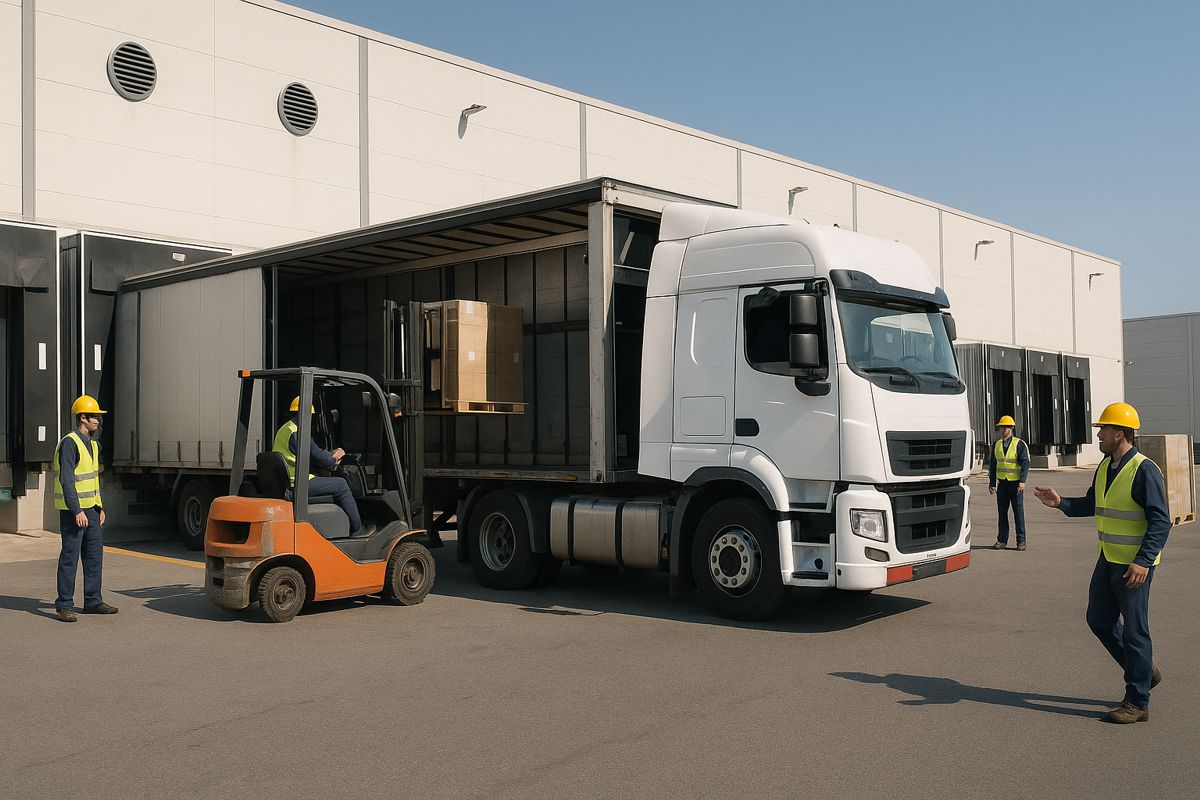
The Highway Begins at the Loading Dock
Every day, thousands of trucks depart docks across America carrying loads that will influence highway safety the moment they merge into traffic.
When loading docks adhere to strict securement standards, maintain equipment, and prioritize safety culture, they set the tone for the entire journey. Crashes prevented, lives protected, and traffic delays avoided are all invisible victories earned before the trailer door is shut.








